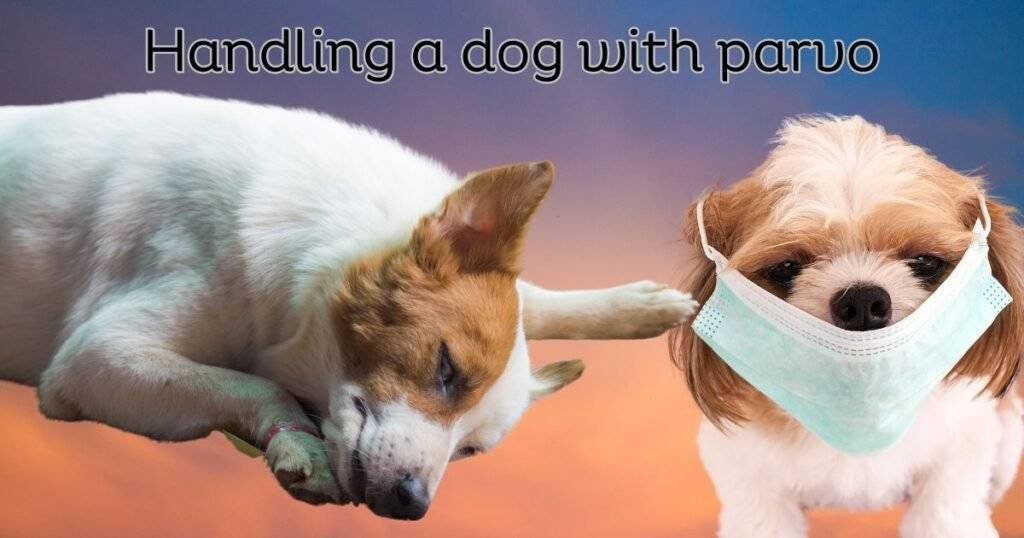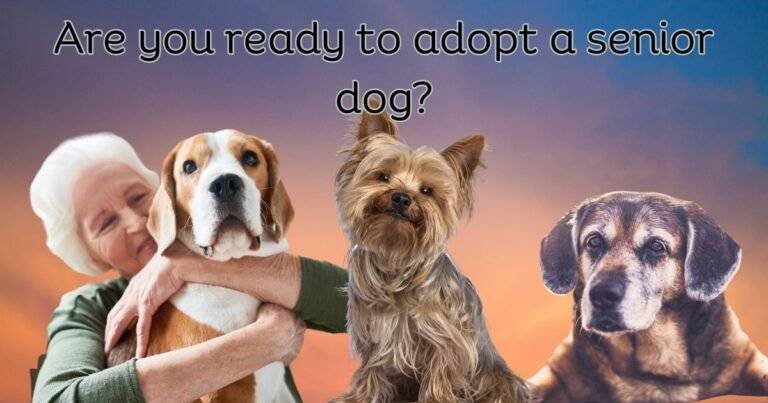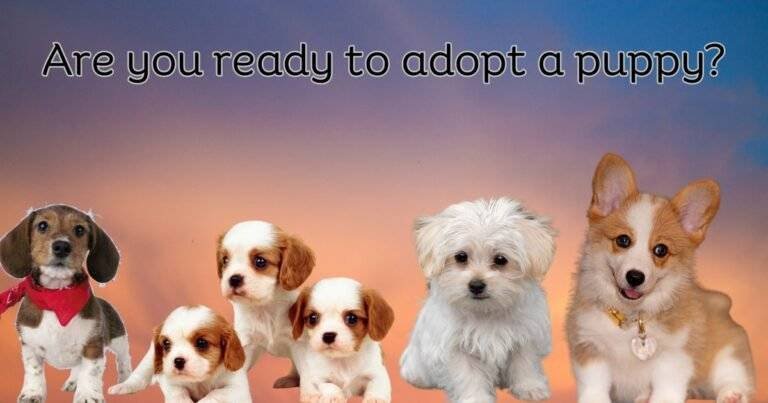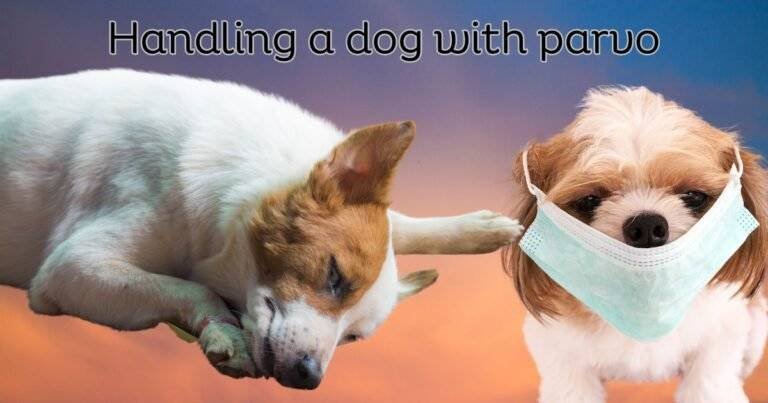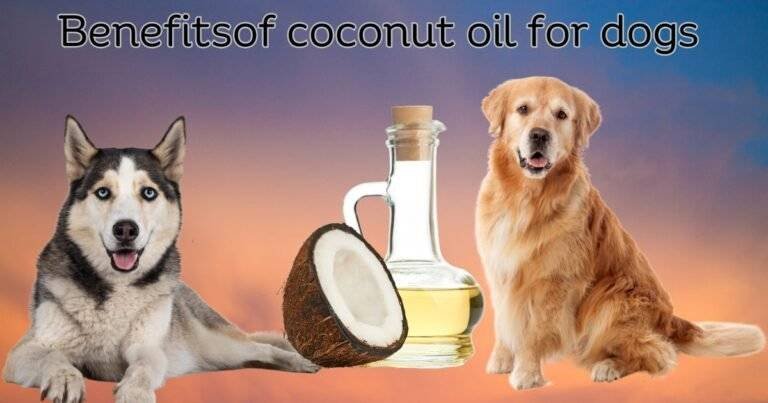Before we elaborate on “My dog has parvo but is drinking water” , let us take a brief overview of the Parvo virus. Canine parvovirus, or “parvo,” is a deadly disease that causes dog guardians to live in constant terror. In puppies and uninfected dogs, it can be fatal due to its high infectiousness, acute gastrointestinal distress, and potential for rapid spread. Dog guardians go through a roller coaster of feelings, from panic to helplessness, when their dog is diagnosed with parvo.
Amid a parvovirus outbreak, one typical worry is whether or not the dog is drinking enough. Dog guardians may find it strange that their sick pet continues to consume water. One of the primary confusion is, “My dog has parvo but is drinking water”. Several other questions arise, “”Do dogs with parvo drink water?”, Does parvo make dogs thirsty?” “Will a dog with parvo still drink water?” and finally, “What should I do if my dog with parvo drinking water but not eating?” In this detailed post, we’ll answer these important concerns and give you the knowledge you need to handle the difficulties of parvo, water intake, and general care.
Parvovirus
Canine parvovirus, or simply parvo, is an extremely contagious virus that attacks young dogs and those who haven’t been vaccinated. It’s important to act quickly because the ramifications can be devastating.
The nature of Parvovirus
Canine parvovirus, the agent responsible for parvo, is extremely hardy and can live in the wild for quite some time. It causes severe gastrointestinal problems in dogs by attacking their quickly dividing intestinal cells.
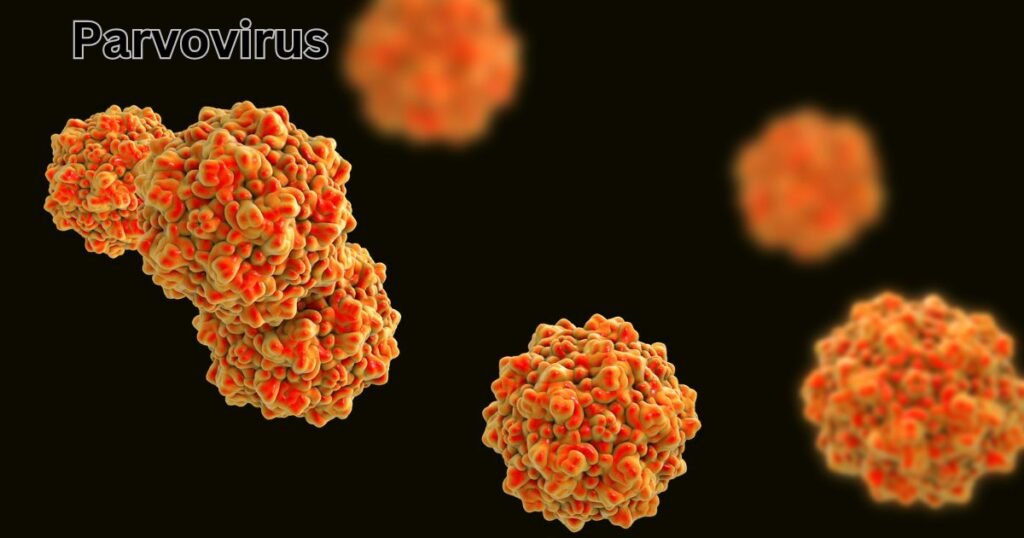
Parvovirus Symptoms
Typical parvo symptoms in dogs include violent vomiting, diarrhea (sometimes bloody), weakness, and appetite loss. The dog’s immune system is weakened by the virus, leaving him open to secondary diseases. Another common concern is, “My dog has parvo but is drinking water, why?”
Electrolyte Deficiency and Dehydration
Parvo can cause severe dehydration, which is a medical emergency. Rapid fluid loss may occur in cases of severe vomiting and diarrhea. Electrolyte abnormalities due to dehydration can further aggravate the dog’s illness.
Do dogs with parvo drink water?
Due to the fluid loss from vomiting and diarrhea, dogs with parvo can become extremely dehydrated and thirsty. Thus, some dogs will keep chugging water as their bodies desperately try to make up for the fluids they lost.
Contagious nature
Contact with a healthy dog in a contaminated environment or dog is a common way for Parvo to spread. Isolating affected canines is essential for stopping the infection spread.
Prognosis
In pups and dogs with compromised immune systems, parvovirus can be fatal. Early diagnosis, rapid treatment, and the general condition are a part of the prognosis.
Vaccine
The best way to protect against parvo is with a vaccination. A regimen of immunizations, followed by booster shots, is recommended for puppies.
My dog has parvo but is drinking water
A dog’s gastrointestinal systems are frequently affected by canine parvovirus, or “parvo,” a highly contagious virus. It causes serious side effects such as nausea, vomiting, diarrhea (frequently bloody), appetite loss, and fatigue. Dog guardians suffering from a parvovirus infection often report that their pet seems to drink more water than usual. Thus a common question is, “Does parvo make dogs thirsty?”.
Yes, parvovirus can cause thirst in dogs. However, the dog’s heightened thirst is a reaction to the extreme dehydration brought on by the virus and not an indicator of the dog’s general health.
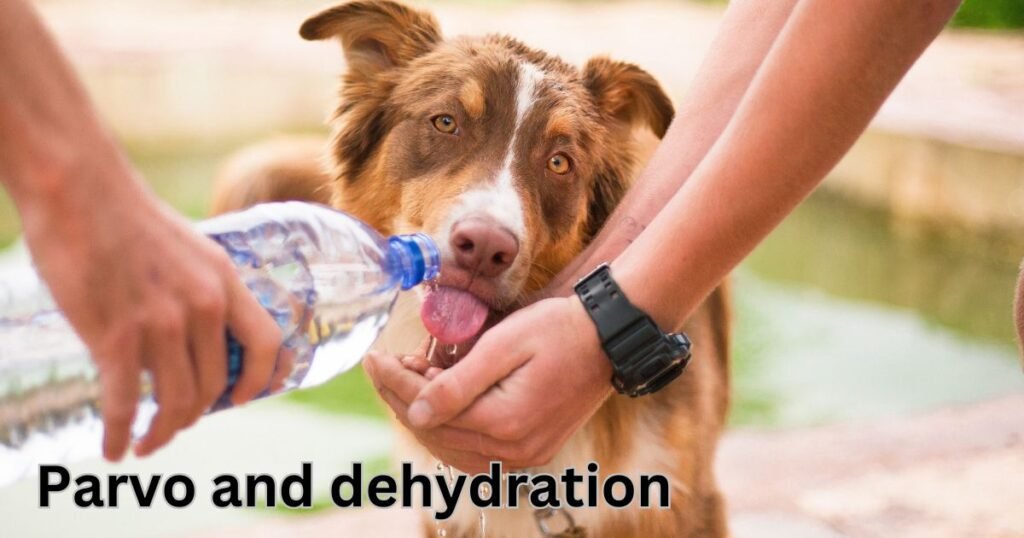
Do dogs with parvo drink water?
The intestinal lining is the primary organ that parvovirus attacks in a dog, leading to widespread damage and a reduction in the dog’s ability to absorb nutrients and water. The sick dog then rapidly loses body fluids and electrolytes because of the severe vomiting and diarrhea.
This fluid loss causes the body to signal thirst, prompting the dog to consume more water. Unfortunately, the injured intestines often hinder normal absorption, resulting in a vicious cycle of thirst and dehydration even with water consumption.
Parvo and Dehydration: A Deadly Combination
Dehydration is a potentially fatal consequence of parvovirus infection. The dog’s condition may worsen as a result of electrolyte imbalances, poor blood flow, and other complications. Dry mouth, sunken eyes, fatigue, and rapid breathing are all symptoms of dehydration.
Dog with parvo drinking water but not eating, Why?
Dog guardians often notice strange behavior after receiving the devastating news that their cherished canine friend has parvo. Despite their severe illness, some dogs with parvovirus continue to drink water. In light of this, the important question arises, “Will a dog with parvo still drink water?”
Even if very sick, dogs with parvo can keep drinking water. A dog’s apparent hydration can be deceiving. To give the best care possible for a dog suffering from parvovirus, it is crucial to understand why the dog may continue to drink water.

The Hydration Reaction
The rapid loss of electrolytes and fluids from the body is caused by the acute vomiting and diarrhea caused by parvo. The dog tries to compensate for this fluid loss by consuming more water.
Constant dehydration:
As mentioned before, their damaged intestinal lining prevents the dog from properly absorbing the fluids and nutrients he consumes. This suggests that the dog may be chronically dehydrated, despite his efforts to replenish their fluid stores.
Thirst Doesn’t Mean Improvement:
If you notice, “My dog has parvo but is drinking water”, you must understand that continued thirst in a parvo infection is not necessarily a sign of progress, and guardians should keep this in mind. Dehydration and weakness can worsen in dogs with parvovirus despite their best efforts to consume water.
Dog with Parvo Drinking Water but Not Eating

If your dog is refusing to eat but is still drinking water, this can add to your worries. Here are some of the reasons why a dog with Parvo Drinking Water but Not Eating:
Parvo’s Nature:
The effect of parvo on the intestinal lining of the dog results in severe discomfort whenever it eats. This is one of the causes why your dog may not want to eat.
Increased thirst
The extreme fluid loss from vomiting and diarrhea, dogs with parvo typically display increased thirst. He may drink water even if he is not hungry because of thirst.
Appetite loss
A complete lack of appetite is possible due to the parvovirus-induced nausea and pain. Dogs may avoid eating because they link the act to unpleasant prior experiences.
What can you do to help?
Get To The Vet:
Your dog’s parvovirus diagnosis necessitates prompt veterinary attention if it is not eating. They can diagnose the dog’s illness, prescribe the right medication, and provide nutritional advice.
IV fluids
Veterinarians commonly use intravenous (IV) fluids to rehydrate canine patients diagnosed with parvovirus. This supplies vital nutrients and aids in the fight against dehydration.
Sustenance through Diet:
Your vet may suggest a bland or readily digested diet, or even a liquid diet, to ensure adequate nourishment during the healing process.
Hunger stimulants
To get dogs to eat, doctors sometimes give drugs to combat nausea and stimulate the appetite. Although over-the-counter medications exist, they are no substitute for a trip to the vet.
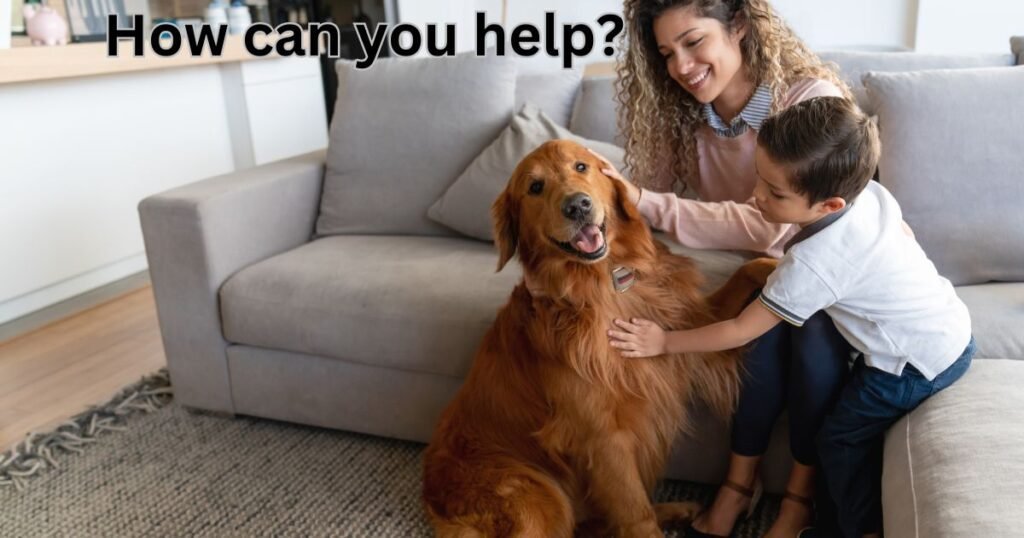
Gradual appetite change
As your dog’s condition improves, you and your vet can gradually reintroduce their previous food. No unexpected shifts are allowed.
Should I Force Feed My Dog with Parvo?
Dog guardians have another query, “Should I Force Feed My Dog with Parvo?” Understandably, you’d want to ensure your dog gets the nourishment he needs, but choosing to force feed should be considered carefully.
The Gravity of the Illness:
Some cases of parvovirus are more life-threatening than others, although the disease can affect people of all ages. When deciding whether or not to force-feed a dog, it’s crucial to consider the severity of their condition and how rapidly their disease is progressing.
Nutrition support
As mentioned before in response to Should I Force Feed My Dog with Parvo? force-feeding, assisted feeding, and other forms of nutritional support may be recommended by your veterinarian if they find that your dog is having difficulty eating normally.
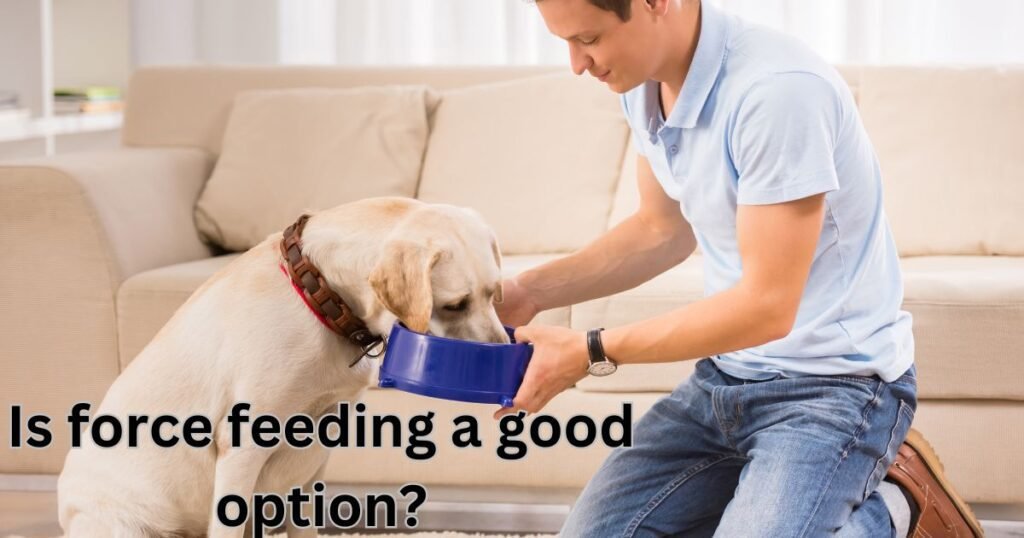
Force-feeding’s Potential Dangers:
Caution is warranted when attempting forced feeding. Dogs might experience stress, increased aversion to eating, and even choking if their food is forced into their mouths. You must strictly adhere to your vet’s instructions.
Monitor water intake
If your concern is, “My dog has parvo but is drinking water”, keeping an eye on how much water he or she drinks is essential to ensuring their health and speedy recovery. The risk of dehydration is high. Thus, keeping your dog well-hydrated is crucial. Here are some tips for keeping an eye on how much water your dog drinks:
Make clean Water Available
Always have a fresh supply of water available for your dog. Maintain the attraction of a water bowl by routinely replacing its contents with fresh water.
Measure the intake
Consider keeping track of how much water your dog drinks so you can get an accurate idea of how much he needs. You can use this to observe any shifts in their drinking patterns.
Keep an Eye on Urination:
Be aware of how often your dog urinates. He may be dehydrated if he consumes more water but doesn’t urinate or if the pee seems concentrated.
Recommend frequent, little sips:
Small sips of water during the day can help a dog who is hesitant to drink or feeling sick. Even something as simple as ice chips can be tempting.

Record Any Changes in Behavior and symptoms
Document your dog’s actions, symptoms, and how much water he drinks. Also, watch out for symptoms of dehydration like dry gums, sunken eyes, droopiness, and excessive panting. Get in touch with your vet ASAP if you observe any of these signs.
Tips for Caring for a Parvo-Infected Dog at Home
It takes time, effort, and commitment to properly care for a dog at home that has contracted parvovirus. Additional home care suggestions for your dog’s recovery:
Isolation
Keep your other pets safe from infection by keeping your diseased dog in isolation. Make sure the diseased dog has its own space, including bedding and food dishes.
Chips of ice
Some canines would rather drink crushed or chipped ice than plain water. To get your dog to drink, try offering him some ice chips.
Liquid Foods
A commercial liquid diet prescribed by your vet is one option to consider if your dog is refusing solid food. These may supply readily absorbable forms of vital nutrients.
Medication
Follow your vet’s instructions for giving any medication. Medications to prevent or treat nausea, vomiting, and diarrhea may fall into this category.
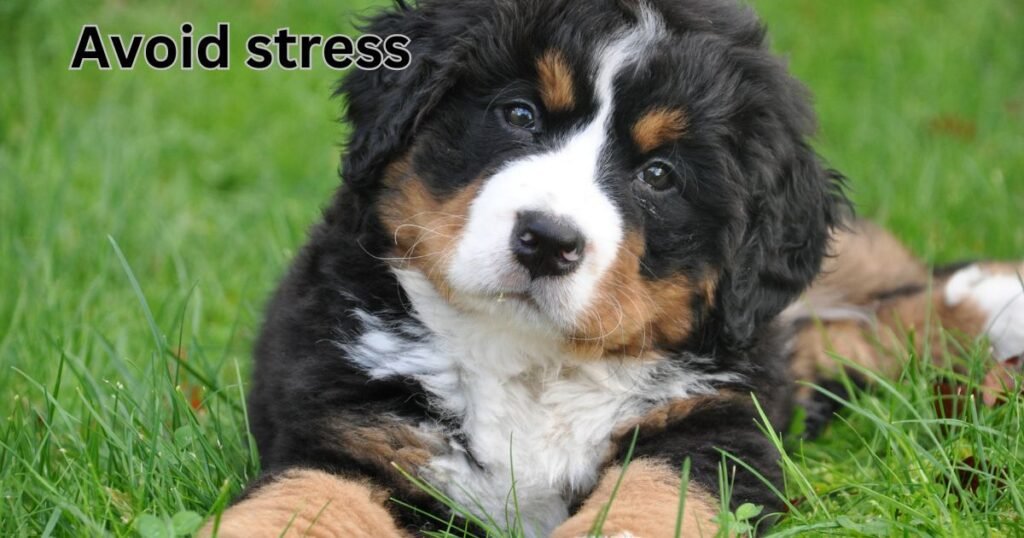
Avoiding Potential Stressors
Maintain a peaceful and stress-free setting for your dog. Reduce the amount of stress in their environment, as this could worsen their condition.
Monitoring
Always keep an eye on how your dog is acting, how much water he or she is taking in, and the temperature. Keep track of any shifts and discuss them with your vet.
Keep Things Tidy
Be sure to give your dog’s bed, bowls, and any other surfaces he comes into contact with a good scrub regularly. This contributes to the upkeep of a clean setting and the prevention of reinfection.
Conclusion
It can be stressful and upsetting to take care of a dog who has contracted parvovirus. Hopefully, this blog post has covered some of the crucial points like My dog has parvo but is drinking water, do dogs with parvo drink water, Does parvo make dogs thirsty? Should I force feed my dog with parvo and how to help your dog recover quickly?
Many dogs, however, make full recoveries from this devastating disease after receiving the utmost care and attention. Supporting your dog’s recovery process at home with care and hydration practices is crucial.
It is important to keep in mind that parvo is extremely contagious, making quarantining the afflicted dog an absolute necessity. Keeping in close contact with your vet allows them to offer advice, modify treatment plans, and track your dog’s progress.
What is parvovirus in dogs?
Puppies are particularly vulnerable to the highly contagious parvovirus infection. Severe sickness is caused by its assault on the gastrointestinal tract.
How is parvovirus transmitted among dogs?
Infected canines or polluted settings can transmit parvovirus directly to humans. Its environmental survival time is months.
What are the symptoms of parvovirus in dogs?
Severe nausea, vomiting, diarrhea (often bloody), weakness, and lack of hunger are typical symptoms. It is critical to get veterinarian care immediately.
How can I protect my dog from parvovirus?
The best way to avoid this is to get a vaccine. Adult dogs should have booster injections periodically, and puppies should undergo a course of immunizations.
Can humans contract parvovirus from dogs?
Parvovirus is species-specific and does not infect humans. However, it’s crucial to practice good hygiene to prevent the virus from spreading.

